Metal planter....a no no?
rouge21_gw (CDN Z5b/6a)
last month
last modified: last month
Featured Answer
Sort by:Oldest
Comments (15)
kevin9408
last monthlast modified: last monthrouge21_gw (CDN Z5b/6a)
last monthlast modified: last monthrouge21_gw (CDN Z5b/6a)
last monthlast modified: last monthrouge21_gw (CDN Z5b/6a)
29 days agorouge21_gw (CDN Z5b/6a)
29 days agoprairiemoon2 z6b MA
29 days agolast modified: 29 days agorouge21_gw (CDN Z5b/6a) thanked prairiemoon2 z6b MArouge21_gw (CDN Z5b/6a)
29 days agoprairiemoon2 z6b MA
29 days agolast modified: 29 days ago
Related Stories
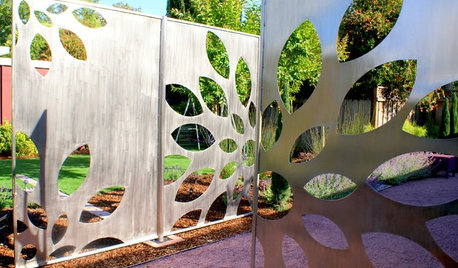
LANDSCAPE DESIGNPolish Your Garden's Look With Metal
Use iron dividers and planters, steel steps and walls, and even metal water features to give a landscape a decorative edge
Full Story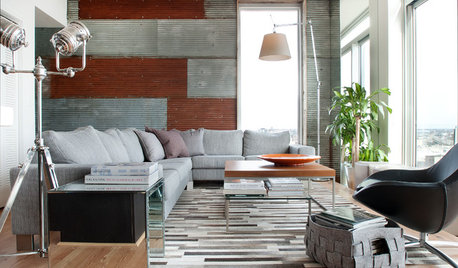
REMODELING GUIDES5 Places to Love Corrugated Metal in Your House
It’s budget friendly, versatile and even colorful. Is it any wonder this popular exterior material is making inroads indoors?
Full Story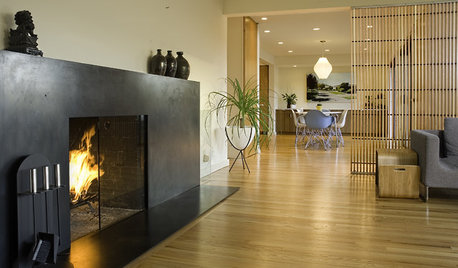
MIDCENTURY STYLEModern Icons: Bullet Planters
The straight-shooting lowdown on these houseplant homes? They work wonderfully for drinks and magazines too, indoors or out
Full Story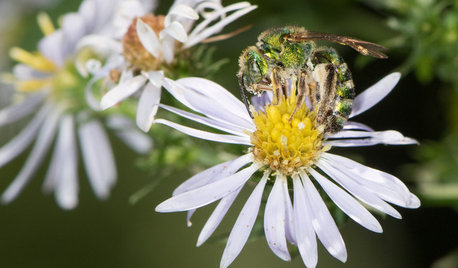
GARDENING GUIDESLook for Metallic Green Sweat Bees Visiting Your Garden This Fall
These beautiful sweat bees will dazzle and delight you with their bright emerald green color and midsummer and fall flower visiting
Full Story
SHOP HOUZZHouzz Products: Wood, White and Metal
Crisp yet warm, these furnishings and accessories for every room bring in nature in a most chic way
Full Story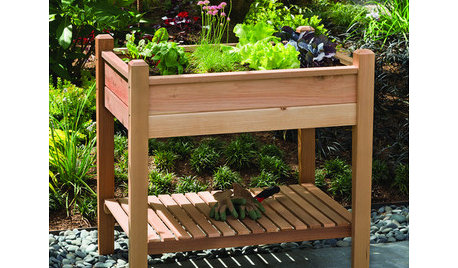
PRODUCT PICKSGuest Picks: 20 Outdoor Planters to Green Up Your Patio
Bring the garden to you with stylish pots, urns and other planters of all shapes and sizes
Full Story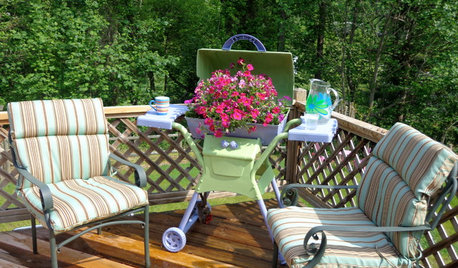
SALVAGEReinvent It: Make a Cheery Planter From an Old Eyesore
Don't ignore that yucky old grill growing rust in your yard — turn it into a lighthearted planter that's a joy to see
Full Story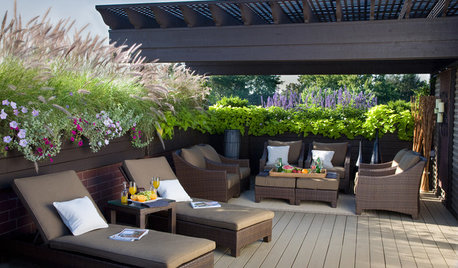
GARDENING AND LANDSCAPINGSpring Patio Fix-Ups: 12 Wonderful Ways With Planters
Change the look of your whole patio with just a few thoughtfully placed containers or a trellis brimming with greenery
Full Story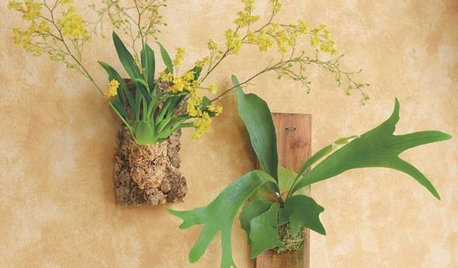
PRODUCT PICKSGuest Picks: 20 Uncommonly Attractive Pots and Planters
Cultivate some personality indoors with plant containers that are as unique as the greenery they hold
Full Story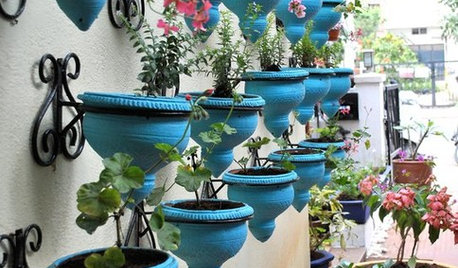
GARDENING AND LANDSCAPINGOne-of-a-Kind Ways With Planters
Bright colors, unusual shapes, unexpected uses ... these unique ideas for container plantings with personality may just grow on you
Full Story


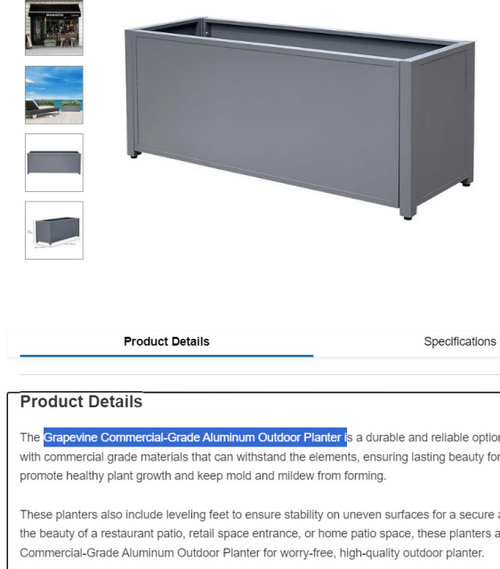


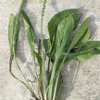

kevin9408